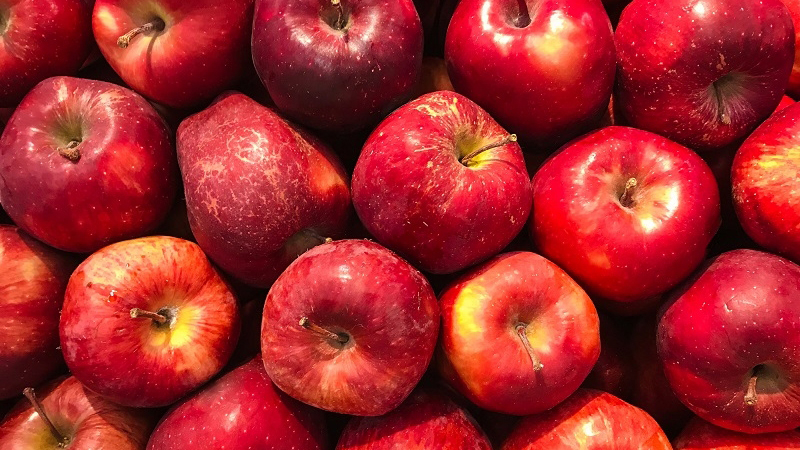The Future Of Orchard Irrigation
One of the biggest problems with orchard irrigation is that growers must rely on averages when determining when and how much to irrigate, even though soils can differ and individual trees use varying amounts of water based on canopy size, age, crop load, and genetics.
But that could change in the future, according to David Goldhamer, Extension Water Management Specialist, Emeritus, Department of Land, Air, and Water Resources at the University of California, Davis.
“The use of remote sensing with drones, satellites, or some kind of aerial platform, for the first time, allows us to characterize in a lot of detail what is going on in an entire orchard – not the average for a field, but we can get down to actual individual trees and assess their wellbeing,” he says.
Goldhamer is specifically interested in water stress, with the idea being that if a grower knows the stress levels in individual trees, he can then use that information to guide irrigation management decisions and maximize crop yield and quality.
However, the ability to do this is dependent on how small of an area can be irrigated with current irrigation systems. Goldhamer believes this can be achieved by using risers that can be turned on and off with an electronic, radio controlled valve. Growers would then be able to activate only the risers in areas that contain trees that are the most stressed. This would be a much smaller area in the orchard – perhaps six rows wide by 120 trees – compared to the 1,200 or 2,000 trees typically irrigated in one set.
“This is what I am confident will eventually happen,” Goldhamer says.
First, though, the technology used to assess the stress remotely must become readily available. In addition, irrigation engineers will have to design the radio controlled valves that can be powered on and off remotely.
Growers must also have confidence in the technology, he adds. And, it must be cost effective. “Cost effective meaning that the amount growers are paying for this is more than offset by the increase in profit that you would get due to higher yields and better quality,” he says.
The Technology
To assess water stress, drones with thermal, infrared cameras would be flown over orchards. These high-tech cameras are able to very accurately measure leaf temperature, which can then be converted into a stress index measurement.
“We’ve done studies where we’ve compared the remotely sensed stress measurement with ground-based stress measurement, and the correlation is very good,” Goldhamer notes.
The problem with drones, though, are the regulatory issues – they are now considered hobby aircraft, can’t go above 400 feet, and must be within line of site of the operator – according to Goldhamer. This means it would be difficult to use them for large orchards.
“They might be able to do 50 acres or 100 acres, but when you get into the thousands of acres, an individual drone simply can’t go fast enough to get the measurement at that height,” he says.
Goldhamer does believe that in time, these issues will flesh themselves out. “There will probably be services or maybe individual growers who are allowed to operate bigger drones that fly faster and at a higher elevation so you could do thousands of acres,” he says.
Currently, Goldhamer is aware of two companies capable of providing this type of thermal imaging for agriculture – Ceres Imaging and TerrAvion. He says Ceres is contracted to handle upwards of 100,000 acres of agricultural land, both in California and internationally.
Will It Be Widely Adopted?
While the motivation to achieve this kind of irrigation efficiency is based primarily on economics at this point, Goldhamer believes it might eventually come down to necessity due to government regulations.
“The era of growers being able to irrigate the way they want with how much they want, and pump as much as they want if they’re pumping groundwater, and do so without any government oversight, I think that’s going to end, unfortunately, in my opinion,” he says. “If that happens, then the growers really will have no choice.”
But, he is optimistic that this scenario can be avoided if growers are proactive in adopting new technologies as they become available. “As long as the growers can demonstrate that they’re already doing something, then the agencies will likely stay away from them,” he says.









